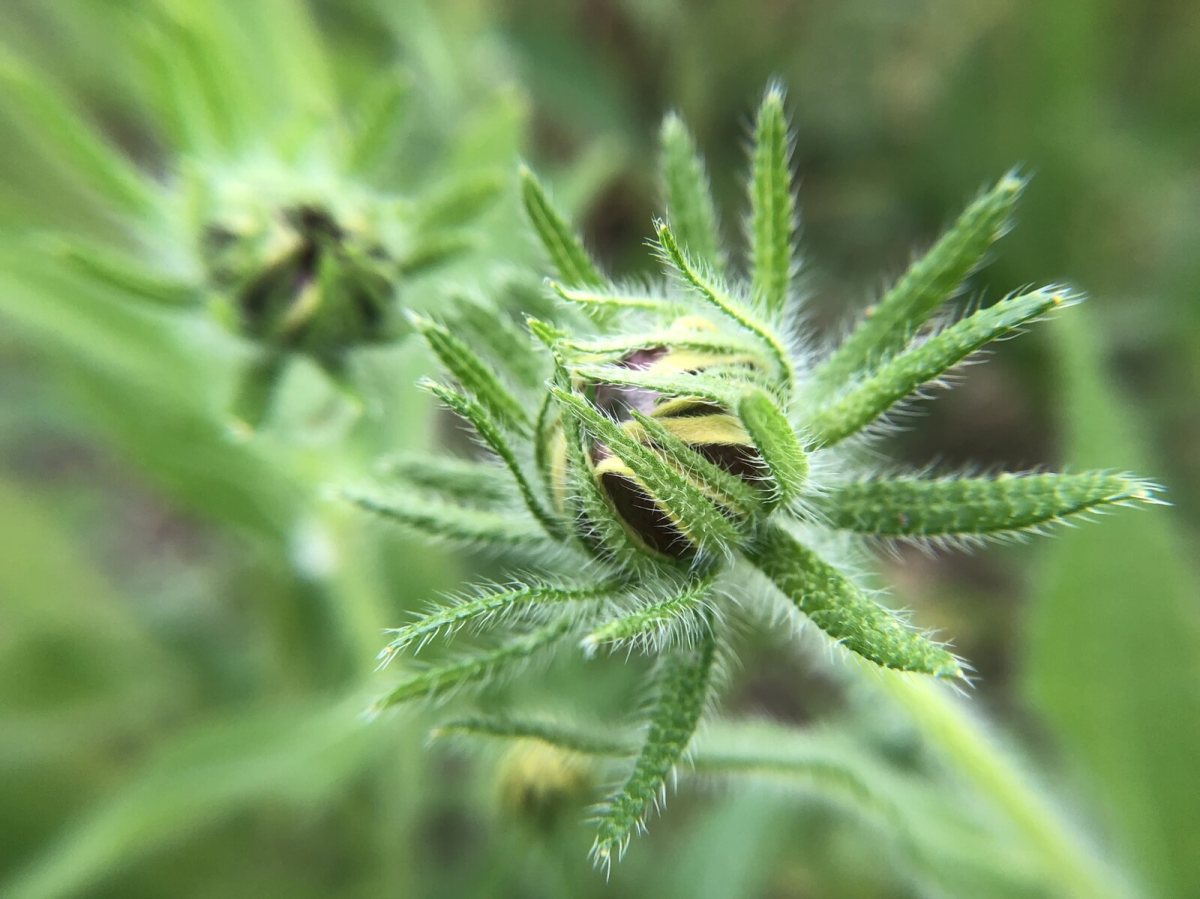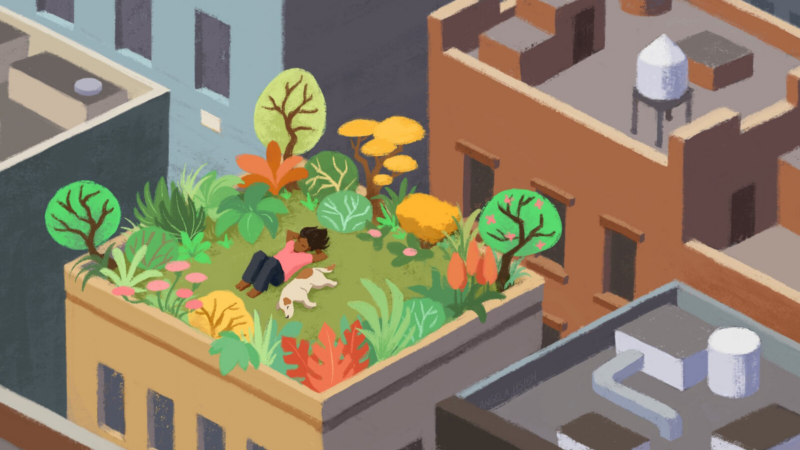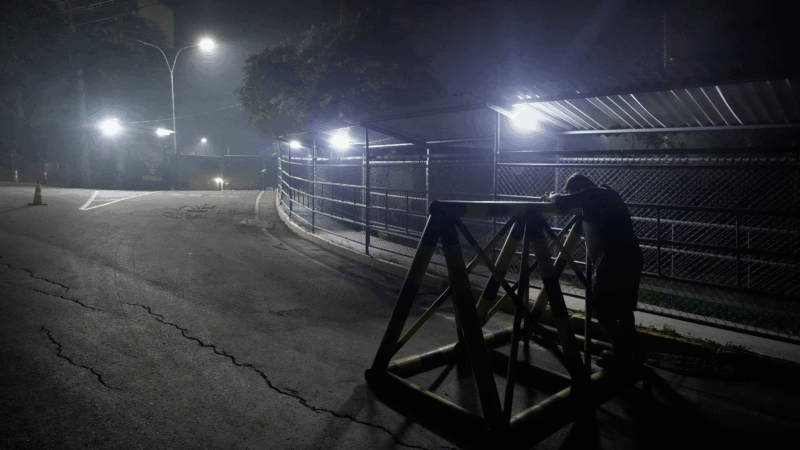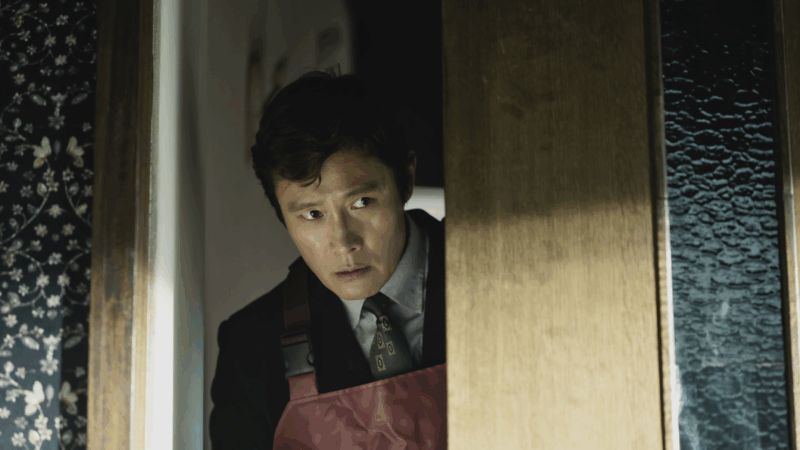5 nature-inspired ways to bring joy and wonder into your life this spring
As the spring equinox approaches on March 20, you might be wondering about how to maximize the season. How can you take advantage of the lovely weather, the budding trees and the blooming flowers to awaken your mind and spirit?
Life Kit has a few ideas. Here are a few delightful spring activities to try in the next few weeks, from spotting migrant birds in your backyard to building your own container garden.
1. Open your eyes to the plants and flowers growing around you. Really notice them.

Pay close attention to the flora and fauna growing around you. It may open you up to a world of wonder, appreciation and novelty. Jenny Odell, author of How to Do Nothing, tells NPR’s Andrew Limbong that she likes to walk around with a very small magnifying glass to closely look at plants.
“I am always surprised by how things look. Plants are so much hairier than you realize. Insects are terrifying. There’s dewdrops and all these tiny details,” Odell says.
You can also focus on other aspects of nature. “Track plants through their flowering processes. Pay attention to what kinds of insects are attending to them. Or only pay attention to certain types of sound,” like birdsong, Odell says. Listen to Odell’s interview with NPR here.
2. Boost your sense of well-being by breathing in the scent of trees.

Reported by Marielle Segarra
The act of spending time in the forest is what the Japanese call shinrin-yoku, a term originating in the 1980s that means “bathing in the forest atmosphere,” says Qing Li, a researcher on this topic and a professor at Nippon Medical School in Tokyo.
“Many of the benefits of shinrin-yoku come when we inhale the chemicals that trees release into the air, called phytoncides, says Li. They can reduce our stress hormones and increase our levels of white-blood cells known as natural killer cells, according to his research.
In one study from 2009, his team ordered special concentrated essential oils made from Japanese cypress trees and then pumped them into the hotel rooms of test subjects using a diffuser. The people staying in those rooms saw about 40% to 50% of the health benefits as those who did a forest bathing session. Read the story here.
3. See if you can spot migrant birds by “patch-birding.”

Reported by Audrey Nguyen
You don’t need to go to a nature preserve or a secluded park to bird. Yamina Nater-Otero, program coordinator at Audubon New York, likes to “patch bird,” which involves locating a small space nearby where you can bird regularly.
Going to the same spot on a regular basis allows you to become familiar with the birds that reside there year-round, which in turn can help you identify visiting migrants in the spring and the fall. Read the story here.
4. Learn how to make gorgeous floral arrangements like a pro.

Reported by Andee Tagle
Florist Alexander Campbell of AC Floral Studio explains how to make a professional-looking floral arrangement using flowers from the supermarket, or freshly picked flowers from your backyard.
First, look for one to two types of greenery with different textures and three to four types of flowers in your color palette:
- A filler flower, like mums
- A flower with some height, like lilies
- “Star” flowers that really grab your attention, like a protea
- A daintier or more complex flowers, like berries
To build your bouquet, add each item in this order:
- Start with the greenery.
- Then add your filler flowers.
- Next, add the tall flowers to create a high point.
- Then add the “star” flowers that really spoke to you.
- Finish off your arrangement with the dainty flowers.
See a step-by-step guide on how to make an arrangement here.
5. See if you can build your own container garden with materials around your house.

Reported by Aarti Shahani
Just about anything can be a container for your plant: wooden wine boxes, milk crates, old pots or dresser drawers, so long as you drill holes in the bottom and don’t let any paint touch the soil.
Stay away from any container that’s been used for toxic materials, such as oil drums, and avoid plastics, which can leach chemicals into the soil as they break down from ultraviolet light.
You can also build your own containers from wood. Plain white wood, like the pine sold at the hardware store, is not ideal. “It will last probably for three years or so, but then it’s going to start to break down,” says Yolanda Burrell, owner of Pollinate Farm & Garden in Oakland, Calif. Ideally, make boxes from cedar or redwood. These types of wood are more durable but they are more expensive.
Pallets are also great for making raised beds. In addition to preventing soil compaction, raised beds can help with drainage, prevent weeds and serve as a barrier to pests. Read the story here.
This digital story was edited by Meghan Keane. The visual editor is Beck Harlan. We’d love to hear from you. Leave us a voicemail at 202-216-9823, or email us at [email protected].
Listen to Life Kit on Apple Podcasts and Spotify, and sign up for our newsletter. Follow us on Instagram: @nprlifekit.
Yemen’s Southern Transitional Council says it will dissolve after its head fled to UAE
Yemen's Southern Transitional Council and its institutions will be dismantled after weeks of unrest in southern areas and a day after its leader fled to the United Arab Emirates.
National Park Service will void passes with stickers over Trump’s face
The use of an image of Trump on the 2026 pass — rather than the usual picture of nature — has sparked a backlash, sticker protests, and a lawsuit from a conservation group.
Hiring slows in December to end the weakest year of job growth since the pandemic
U.S. employers added 50,000 jobs in December, according to a report from the Labor Department Friday. Measured annually, job gains in 2025 were the slowest since 2020.
Venezuela releases imprisoned opposition figures, which Trump says U.S. requested
Venezuela released a number of imprisoned high-profile opposition figures, activists and journalists, in what the government described as a gesture to "seek peace".
In ‘No Other Choice,’ a loyal worker gets the ax — and starts chopping
In the latest movie from Park Chan-wook, the director behind The Handmaiden and Decision to Leave, a paper factory worker loses his job — and resolves to kill his competition for a new one.
Maduro is out, Congress is in and the quiz is back! Start 2026 with a perfect score
Plus: What's up with Wicked, Greenland, quarters and Jan. 6?







